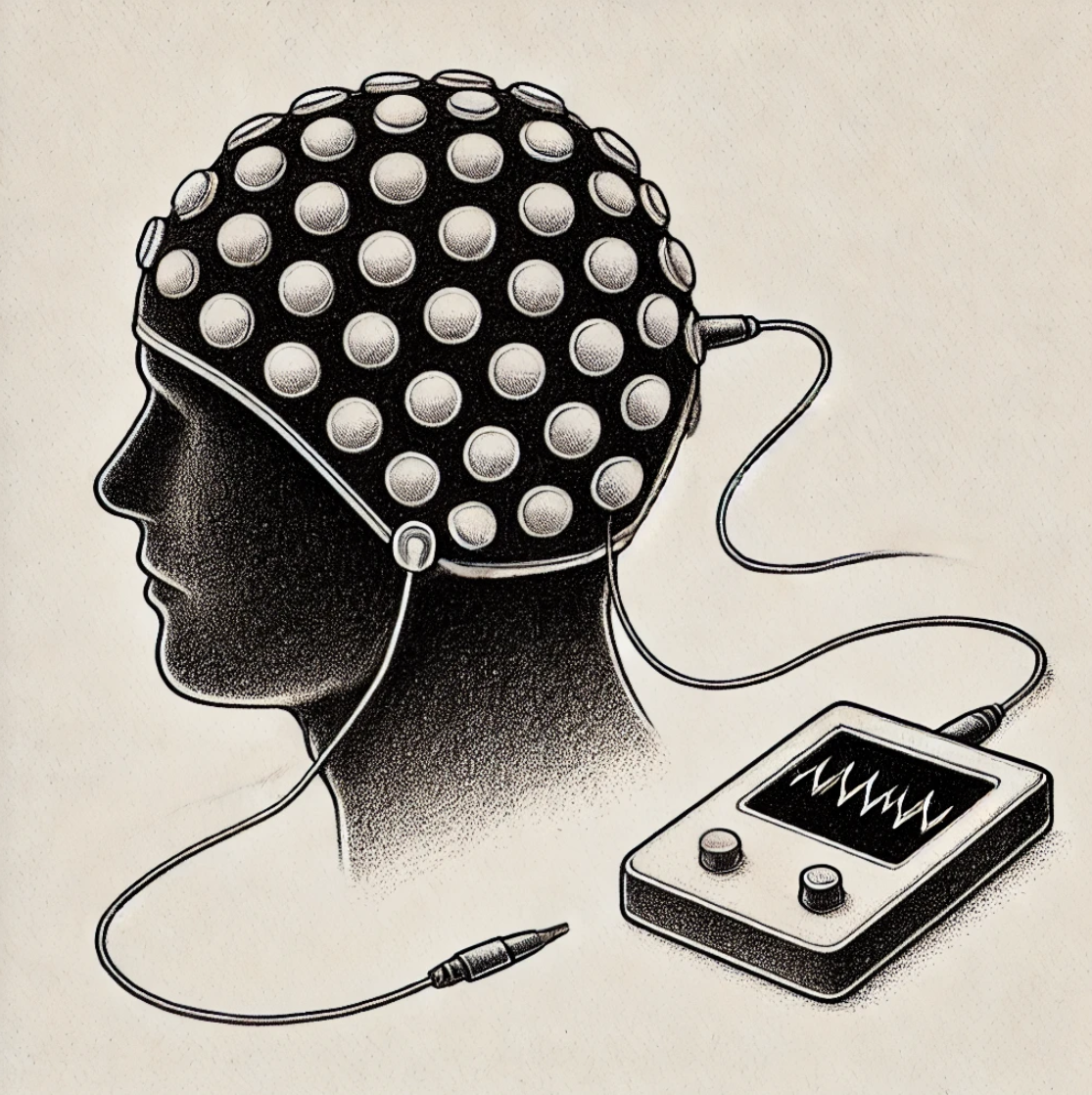Electroencephalography (EEG) is a technique used in cognitive neuroscience to study brain activity by measuring electrical signals from the scalp. The brain's neurons communicate using tiny electrical impulses, and EEG detects these signals using electrodes placed on the head. This allows us to track brain activity in real time while a person is thinking, feeling, or performing tasks.
EEG is particularly useful for understanding how the brain processes information, such as attention, memory, and decision-making. It helps researchers see which brain regions are active during different mental activities. While EEG provides excellent timing information, it does not show detailed images of brain structures like MRI does. However, its ability to capture rapid brain responses makes it a valuable tool for studying how the mind works.
